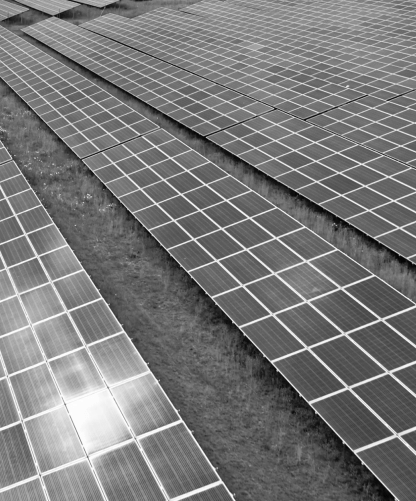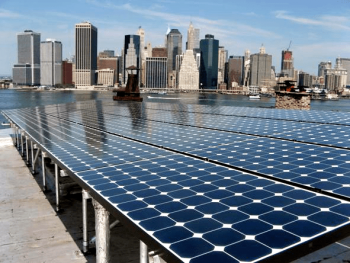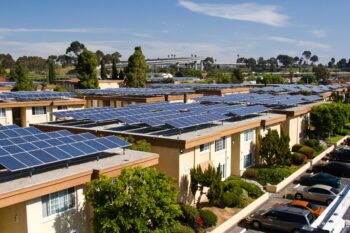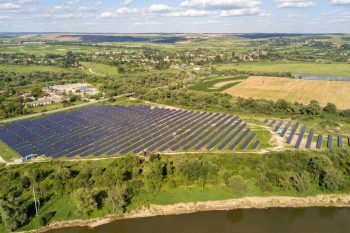Today, many American households and businesses do not have access to solar because they rent, live in multi-tenant buildings, have roofs that are unable to host a solar system, or experience some other mitigating factor.
Community solar provides homeowners, renters, and businesses equal access to the economic and environmental benefits of solar energy generation regardless of the physical attributes or ownership of their home or business. Community solar expands access to solar for all, including in particular low-to-moderate income customers most impacted by a lack of access, all while building a stronger, distributed, and more resilient electric grid.
Community solar refers to local solar facilities shared by multiple community subscribers who receive credit on their electricity bills for their share of the power produced. This model for solar is being rapidly adopted nationwide.
Quick Community Solar Facts
- There are 41 states, plus D.C., with at least one community solar project on-line, with 5.8 gigawatts installed cumulatively through the first half of 2023.
- At least 19 states and D.C. have recognized the benefits of shared renewables by encouraging their growth through policy and programs (see IREC shared renewables scorecard).
- The next five years will see the U.S. community solar market add more than 6 gigawatts of total capacity.
What is Community Solar?
Community solar allows residents, small businesses, organizations, municipalities and others to receive credit on their electricity bills for the power produced from their portion of a solar array, offsetting their electricity costs.
Community solar allows for equal access to the economic and environmental benefits of solar energy generation regardless of the physical attributes or ownership of an individual’s home or business. In other words, if you can’t install solar directly on your property, community solar can be a good option for accessing the savings and other benefits solar provides.
Community solar facilities are usually less than five megawatts (MW) of electrical capacity and vary in the number of acres affected. Unlike residential housing and commercial development on a sold-off farm parcel, community solar installations are generally on leased land, and well-designed systems can be returned to their original state.
Core Principles for Community Solar
SEIA promotes policies, programs and practices for community solar that adhere to the following principles:
-
- Allow all consumers the opportunity to participate in and directly economically benefit from the construction and operation of new clean energy assets.
Provide equal access for developers to build and operate community-shared renewable energy systems and interconnect those systems to the serving utility’s grid.
- Incorporate a fair bill credit mechanism that provides subscribers with an economic benefit commensurate with the value of the long-term, clean, locally-sited energy produced by community-shared renewable energy projects.
- Support the participation of diverse customer types in renewable energy markets, and encourage customer choice with providers, product features, and attributes to catalyze innovation and best serve customers.
- Provide assurance of ongoing program operations and maintenance to ensure overall quality, that the facility lasts for decades, and that customer participation is prot
ected. Safeguard the continuity of program benefits to protect customers’ and developers’ investments. - Ensure full and accurate disclosure of customer benefits and risks in a standard, comparable manner that presents customers with performance and cost transparency.
- Comply with applicable securities, tax, and consumer protection laws to reduce customer risk and protect the customer.
- Encourage transparent, non-discriminatory utility rules on siting, and interconnecting projects, and collaboration with utilities to facilitate efficient siting and interconnection.
- Maintain a 360-degree view of the community-shared renewable energy market and ensure a beneficial role for all parties in the partnerships forged between subscriber, developer, and utility.







